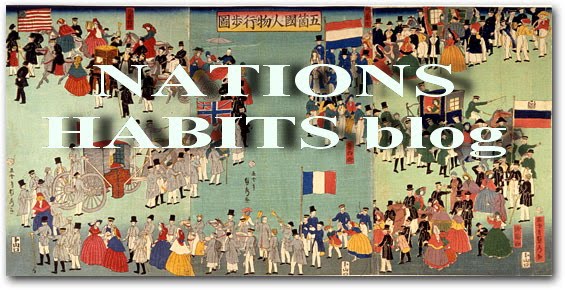Breakfast in America
Although in these days of rush and health-consciousness we may only indulge in a real breakfast spread at brunch, Americans have historically inclined toward the English tradition of substantial breakfasts, which first crossed the Atlantic with the Puritans. Over the years, as different cultures have made their culinary mark on American habits, we have put together an unusually large collection of foods associated primarily with the morning meal. In exchange, we have made our own contribution to breakfast in other countries with the concept of packaged, prepared foods. For better or worse, cereal has joined coffee, tea, eggs, and bread as a global breakfast food.
In spite of its size, there is a great deal of uniformity in what Americans choose to eat for breakfast. Coffee, tea, milk, hot cocoa, eggs, cereal, bread or baked goods, bacon or sausage, and fruit and fruit juice are all standard items. Nevertheless, quite a few things do retain their regional flavour. Pancakes and maple syrup, beloved by children across the country, were, in the days before marketing and artificial flavorings, a New England specialty.
Culinary imports to the breakfast table in the heartland of America
The good old-fashioned, pre-healthfood breakfast is alive and well in the South. Many people still start their days with grits slathered with butter or red-eye gravy (which is, essentially, bacon grease mixed with the active "red-eye" ingredient, coffee); biscuits made with lard; a thick slice of country ham, as big around as the plate it is served on (or bacon, or a few slices of spicy pork sausage); crisp, fried hash brown potatoes; and a bottomless cup of coffee.
In the western states one can still find hearty frontier "grub" in the form of the Irish-influenced corned beef hash and eggs breakfast (originally the eggs would always have been fried, but now, to class the dish up a bit, they might be poached). Hearty omelets, with plenty of eggs and lots of filling, are also characteristic frontier food. And home fries, chunks of potatoes skillet-fried with onion and bell pepper, are the western equivalent of hash browns.
Baked goods have proven particularly attractive to Americans in search of breakfast items. Many of these, like the waffle (relative of the French gaufre and the Dutch wafel) are snack foods or desserts in their native countries. The doughnut has its origins in the Dutch olykoek and the French beignet, both of which are little nut-shaped hunks of deep-fried yeast dough. It didn't acquire its un-nutlike but definitive doughnut shape (that is, the "torus") until the early 19th century in America
Another, similarly shaped, breakfast favorite, the bagel (from the Yiddish beygel or "ring"), has its roots in 17th century Polish Jewish culture, but is now a thoroughly American product. The special chewy texture is achieved by first boiling the ring of yeast dough and then baking it. It is now the centerpiece of a morning meal associated mostly with Jewish New York -- a bagel spread with cream cheese, piled high with lox, and garnished with a few thin slices of onion.
The English muffin, which forms the basis of several egg dishes and is popular in its own right as toast, is an American invention, in spite of its name. (Although it is clearly related to several varieties of griddlecakes that are found in the British Isles , among them crumpets.) It is made by baking a round of yeast dough on a griddle. Always halved and toasted before serving, the English muffin is rarely cut with a knife; instead a fork is used to pry the bread apart, creating a rough surface on which to spread butter and jam. There is, of course, the other popular breakfast muffin: the soft-textured, usually sweet, little quick bread that comes made with blueberries, bran and raisin, and in countless other flavours. This appears to have originated in America


0 Responses to Breakfast in America